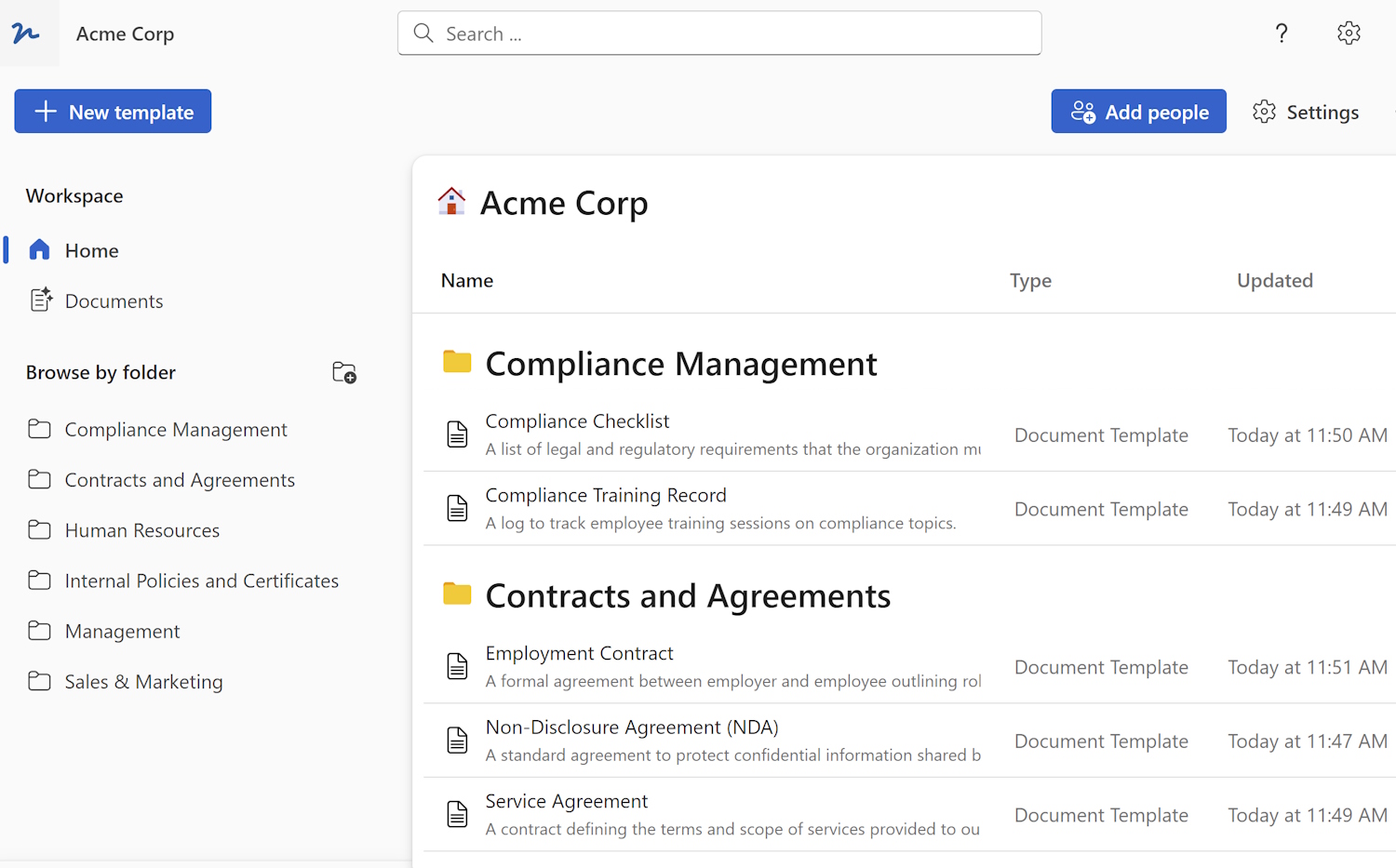
In today's fast-paced and ever-evolving business world, effective document control is vital for organizations of all sizes. The International Organization for Standardization (ISO) understands the significance of proper document control and has established standards to help businesses optimize their document management processes. In this article, we will delve into the world of ISO document control, exploring its importance, benefits, and best practices. So, whether you are an ISO-certified organization or planning to pursue certification, this comprehensive guide will equip you with the knowledge to streamline your document control processes and ensure compliance.
Why Is Document Control Important?
Document control is the systematic management of documents throughout their lifecycle, from creation to disposal. Proper document control is crucial for several reasons:
Compliance: Adhering to industry-specific regulations and standards is essential for every business. ISO standards provide a framework that helps organizations maintain compliance and meet legal and regulatory requirements.
Consistency and Efficiency: Effective document control ensures consistency in processes, reduces duplication of efforts, and improves efficiency. It enables employees to access accurate and up-to-date information, leading to enhanced productivity and streamlined operations.
Risk Management: Document control plays a pivotal role in risk management. By maintaining accurate records and ensuring the availability of vital documents, businesses can mitigate risks associated with data breaches, legal disputes, or non-compliance.
Continual Improvement: ISO standards focus on continual improvement, and proper document control is a key aspect of this process. By regularly reviewing and updating documents, organizations can incorporate feedback and make necessary improvements to their policies and procedures.
Understanding ISO Document Control Standards
ISO has developed several standards that address various aspects of document control. Let's take a closer look at two of the most significant standards in this domain:
ISO 9001: ISO 9001 is a widely recognized quality management standard. It outlines the criteria for a quality management system and includes requirements for document control. Organizations that comply with ISO 9001 must establish and maintain a document control procedure to ensure the availability, usability, and accuracy of their documented information.
ISO 27001: ISO 27001 is an information security management system standard. It focuses on protecting sensitive information and ensuring its confidentiality, integrity, and availability. Document control is a crucial component of ISO 27001, as organizations need to manage their information assets effectively and maintain control over access, versioning, and distribution of documents.
Benefits of ISO Document Control
Implementing effective document control systems based on ISO standards offers numerous benefits for businesses:
Enhanced Efficiency: By standardizing document control processes, organizations can improve efficiency and reduce the time required to locate, retrieve, and distribute documents. This streamlines operations and minimizes the risk of errors.
Improved Compliance: ISO document control standards facilitate compliance with industry regulations. By establishing robust procedures, businesses can ensure that their documented information remains accurate, accessible, and up-to-date, thereby meeting regulatory requirements.
Enhanced Collaboration: Efficient document control systems promote collaboration among employees, departments, and business units. By maintaining a central repository of documents, teams can work together seamlessly, improving communication and productivity.
Version Control: ISO document control standards emphasize maintaining appropriate versions of documents. This ensures that users have access to the latest revisions and prevents confusion or errors resulting from outdated information.
Audit Trail: Effective document control facilitates the creation of an audit trail, enabling businesses to track document history, actions taken, and personnel responsible for changes. This feature enhances transparency and accountability.
Best Practices for ISO Document Control
To optimize document control processes, organizations should adhere to the following best practices:
Develop Document Control Procedures: Establish clear procedures for creating, approving, revising, and archiving documents. Clearly define roles and responsibilities, outlining the steps involved in the document lifecycle.
Centralize Document Storage: Maintain a central repository for all documents, both physical and electronic. This enables easy access, reduces the risk of duplicate or outdated versions, and improves collaboration.
Implement Version Control: Utilize version control mechanisms to track document revisions, ensuring users have access to the most recent version. Clearly label each document with a unique identifier and maintain a record of changes made.
Secure Document Access: Control access to sensitive documents by implementing appropriate security measures. This may include password protection, user permissions, and encryption to prevent unauthorized access or data breaches.
Train Employees: Provide comprehensive training to employees on document control procedures, including document creation, retrieval, and updating. This minimizes errors and ensures consistent adherence to established processes.
Regularly Review and Update Documents: Conduct periodic reviews of documents to ensure accuracy and relevance. Update documents as necessary based on feedback, evolving regulations, or organizational changes.
Conclusion
ISO document control is a crucial aspect of efficient and compliant business operations. By adhering to ISO standards and implementing best practices, organizations can streamline their document management processes, enhance efficiency, and improve collaboration. Effective document control facilitates compliance with industry regulations, protects sensitive information, and supports continual improvement. So, whether you are considering ISO certification or looking to optimize your existing document control processes, following the guidelines outlined in this article will set you on the path to success.
 WordFields
WordFields
